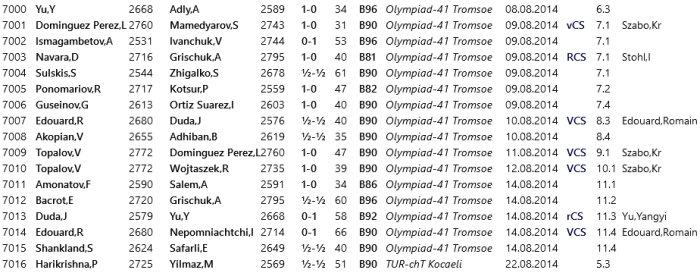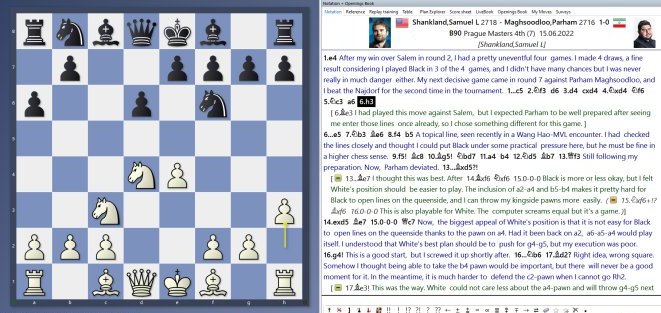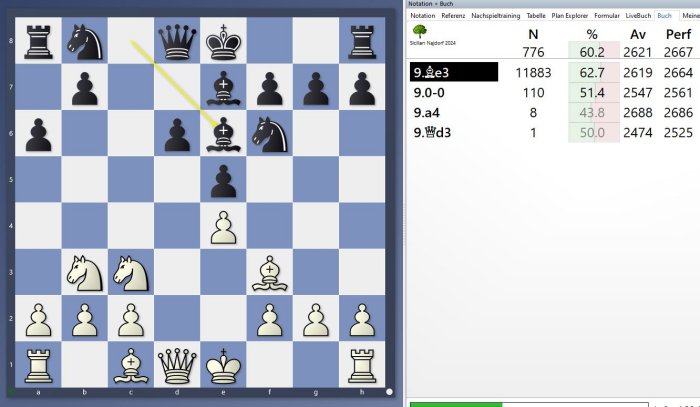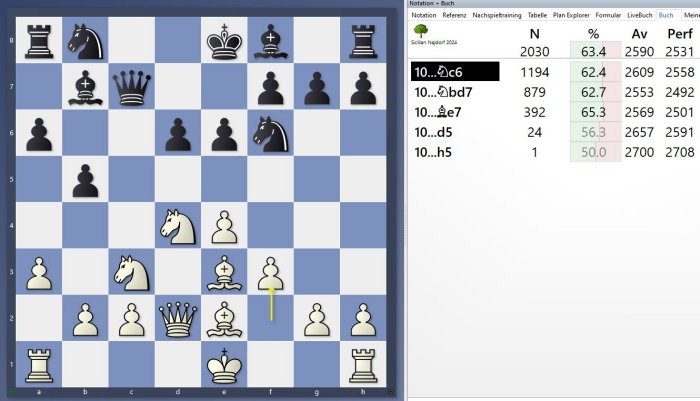Najdorf: A dynamic grandmaster repertoire against 1.e4 Vol.1
This two-part Fritztrainer offers you a complete repertoire against all possibilities that White has tried against the Najdorf on move 6 - after the initial moves 1. e4 c5 2. Nf3 d6 3. d4 cxd4 4. Nxd4 Nf6 5. Nc3 a6.
The Najdorf Variation combines aggressive attacking chess with deep strategic plans, so there is something for every type of player! Ways to achieve a clear opening advantage have yet to be found for White players, so it’s no surprise that the Najdorf is considered one of the best and most-played openings.
In the first part of the video series, we will look at White’s four main moves: 6. Bg5, 6. Be3, 6. Be2 and 6. Bc4. In addition, this Fritztrainer contains over 20 positions to play out to consolidate the most important positions from our repertoire. With the Opening App you’re able to test your recollection of the theory shown on this course.
- • Video running time: 5 h 09 minutes • Training with ChessBase apps - Memorize the opening repertoire and play key positions against Fritz on various levels
Najdorf: A dynamic grandmaster repertoire against 1.e4 Vol.2
The Najdorf Variation combines aggressive attacking chess with deep strategic plans, so there is something for every type of player! Ways to achieve a clear opening advantage have yet to be found for White players, so it’s no surprise that the Najdorf is considered one of the best and most played openings.
The second part of the video series deals with all the other moves White has tried on move 6. First and foremost: 6. h3, but also moves like 6. g3, 6. Rg1 and many more. In addition, this Fritztrainer contains over 20 positions to play out and tactical exercises to consolidate the most important positions and motifs from our repertoire. With the Opening App you’re able to test your recollection of the theory shown on this video course.
- Video running time: 3 h 44 minutes
- With interactive training including video feedback
- Training with ChessBase apps - Memorize the opening repertoire
The Sicilian Najdorf Powerbase 2024
The 1075 selected annotated games offer excellent study materials. Top players such as Caruana (4 annotated games), Abdusattorov (2), Adhiban (2); Anand (8), Bologan (4), Duda (2), Edouard (15), Firouzja (1), Gelfand (16), Giri (5), Heine-Nielsen (3), Kamsky (1), Karjakin (7), Keymer (1), Kramnik (3), Leko (1), Nakamura (1), Navara (2), Nepomniachtchi (1), Radjabov (2), Vachier Lagrave (8), Vidit (2), Vitiugov (2), Wojtaszek (1), Yu Yangyi (2) have analysed their games and to these are added annotations from Najdorf experts such as Ftacnik (449), Gofshtein (43), Stohl (32) and other distinguished authors. All in all, there are 11474 such games and they do have a rating-average of at least 2575 (except games with annotations and few older games of Najdorf experts Anand (for both sides), van Wely, Gelfand and Vachier-Lagrave).

A double click on the database loads the games overview. A further double click loads the relevant game. The tab Players lets you sort the games according to frequency (with the tab Total). At the top there is Maxime Vachier Lagrave with 368 games. It is also worth studying the games of Loek van Wely and Boris Gelfand, who have played almost all their 357 or 265 games with the black pieces. Furthermore, it is interesting to click on Title; (for that you should have an up-to-date player encyclopaedia) you can see that almost all the world champions had or still have the Najdorf Variation in their repertoire.

The games can be played through or further investigated with an engine or a Powerbook.
The Sicilian Najdorf Powerbook 2024
For the new edition of the Sicilian Najdorf Powerbook 2024 we used exclusively games from the engine room of playchess.com. Nevertheless the number of games on which the book is based has risen to an incredible 3.91 million. That enables reliable statistical analyses not only for all the main lines but also for many side-lines. A must for all Najdorf players! The Sicilian Najdorf Powerbook 2024 is an opening book which you can use with your Fritz or ChessBase program. It does not contain a database – so no games are included in the package.
Anyone who studies the Najdorf tree to search for the best variations in the English Attack has plenty to choose from. But many players with White will perhaps be on the lookout for promising side-lines, like the exotic 6.Bd3, which has been played, for example, by Sergey Karjakin in some blitz games. Of course there is the much more solid 6.Be2 e5 7.Nb3 Be7 and after 8.0-0 0-0 9.Qd3 intending 9...Be6 10.Bd2!? (taking aim at a5) there is also 8.Bf3 Be6 directed against …d5.

9.Be3 is an idea worth noting. The statistics based on 12 000 games are of course more reliable than the approx. 200 games in the online database. And what if Black just doesn’t play 6...e5? After 6...e6 White can naturally continue in Scheveningen style, but what about this line: 7.Be3 Qc7 8.Qd2!? b5 9.a3 Bb7 10.f3

The results for White are impressive and in addition anyone who is a fan of sharp lines will get his money’s worth.






